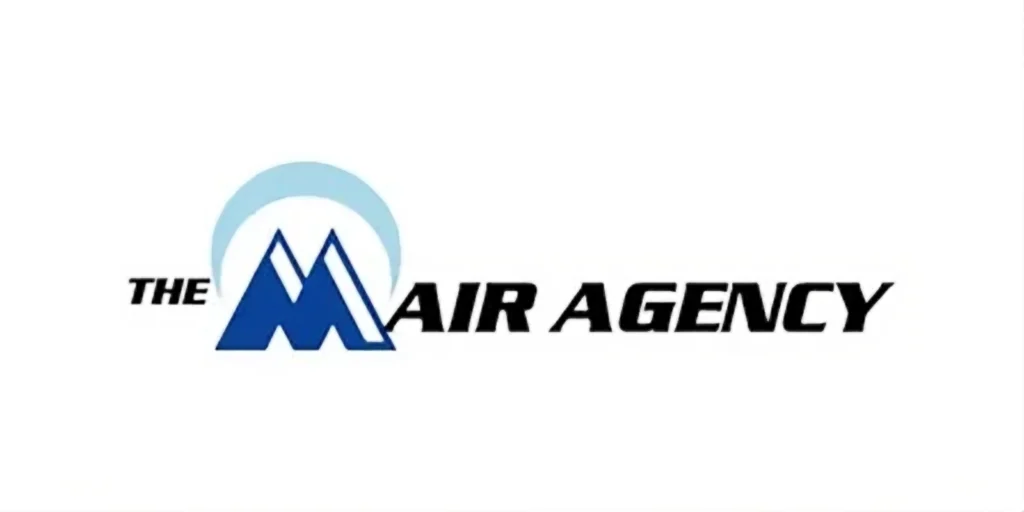or their healthcare needs. In this comprehensive guide, we’ll delve into the nuances of Medicare coverage for air ambulance services, exploring eligibility criteria, limitations, and important considerations.

Learn More About Coverage With Our Free Medicare Course
Understanding Medicare Coverage for Ambulance Services
Medicare, the federally funded health insurance program primarily serving individuals aged 65 and older, offers coverage for ambulance services under certain conditions. Generally, Medicare provides coverage for ground ambulance transportation, which is more cost-effective compared to air ambulances. However, both Medicare Part B and Medicare Advantage plans may cover air ambulance services in specific situations.
Medically Necessary Criteria
The key determinant for Medicare coverage of air ambulance services is medical necessity. This means that the patient’s condition must require immediate and rapid transportation that cannot be provided by a ground ambulance. Medical necessity is assessed based on factors such as the urgency of the situation and the need for specialized medical care during transport.
For instance, if a patient requires a specialized surgery that is unavailable at their current hospital, Medicare may approve air ambulance transportation to a facility equipped to provide the necessary treatment. However, in cases where there is no imminent risk of death or where ground transportation suffices, Medicare is less likely to cover air ambulance services.
Pre-Approval and Limitations
Obtaining pre-approval from Medicare is essential for coverage of air ambulance services. A doctor or medical facility must first determine the medical necessity of air transport and then seek approval from Medicare. Without pre-approval, Medicare coverage may be limited or denied, leaving patients responsible for the full cost of the service.
Moreover, Medicare imposes limitations on the distance that an air ambulance can transport a patient. In emergency situations, the air ambulance is typically authorized to transport the patient to the nearest hospital capable of providing the required care. This restriction aims to ensure that patients receive timely medical attention without unnecessary delays or excessive transportation costs.
Coverage Examples and Scenarios
To illustrate Medicare coverage scenarios for air ambulance services, consider the following examples:
- Emergency Situations: In life-threatening emergencies where immediate transportation is crucial, Medicare is likely to cover the cost of air ambulance services. For instance, if a patient experiences a severe injury or medical crisis requiring urgent medical intervention, Medicare may approve air transport to the nearest appropriate facility.
- Non-Emergency Medical Needs: In cases where air ambulance transportation is necessary for non-emergency medical reasons, such as specialized treatment or diagnostic procedures, Medicare coverage depends on medical justification. A doctor’s recommendation and documentation of the patient’s medical condition are essential for obtaining Medicare approval in such situations.
- Distance and Accessibility: Medicare considers factors such as geographic location, transportation obstacles, and the availability of ground ambulance services when assessing the necessity of air transport. Patients in rural areas or remote locations may automatically meet the medical necessity requirement for air ambulance services if ground transportation is impractical or inaccessible.
Financial Considerations and Cost Sharing
While Medicare typically covers a portion of the cost of air ambulance services, patients may still incur out-of-pocket expenses, including deductibles, co-payments, and coinsurance. Under Medicare Part B, beneficiaries are responsible for paying a deductible amount before Medicare coverage begins, followed by a percentage of the approved cost of services.
For example, Medicare Part B typically covers 80% of the approved cost of air ambulance transportation after the deductible is met, leaving patients responsible for the remaining 20%. Additionally, Medicare Advantage plans may offer different coverage terms and cost-sharing arrangements for air ambulance services, depending on the specific plan.
International Air Ambulance Services and Travel Considerations
It’s essential to note that Medicare coverage for air ambulance services is generally limited to transportation within the United States. Medicare does not cover international air ambulance trips, except in rare circumstances involving emergencies near the U.S. border or medical crises on cruise ships or during travel between the continental United States and Alaska.
For individuals planning international travel or residing abroad, purchasing travel insurance is recommended to cover emergency medical expenses, including air ambulance services. Travel insurance can provide financial protection and peace of mind in the event of unforeseen medical emergencies or evacuations outside the United States.
Monitoring Medicare Coverage and Appeals Process

Beneficiaries can monitor their Medicare coverage for ambulance services by reviewing their Medicare Summary Notices (MSNs) regularly. MSNs provide detailed information about services billed to Medicare, including ambulance transportation. Additionally, beneficiaries can access their Medicare claims online through the official Medicare website.
In cases where Medicare denies coverage for air ambulance services, beneficiaries have the right to appeal the decision through the Medicare appeals process. By following the established procedures for filing an appeal, patients can challenge Medicare’s decision and seek reconsideration based on medical necessity and other relevant factors.
Conclusion: Navigating Medicare Coverage for Air Ambulance Services
In summary, Medicare coverage for air ambulance services is contingent upon medical necessity, pre-approval, and adherence to coverage guidelines. While Medicare Part B and Medicare Advantage plans may cover air ambulance transportation in certain situations, patients should be aware of limitations, cost-sharing requirements, and international travel considerations.
By understanding the criteria for Medicare coverage and consulting with healthcare providers and insurance representatives, beneficiaries can make informed decisions about accessing air ambulance services when needed. Additionally, exploring alternative options such as travel insurance and medical assistance services can provide additional support and financial protection for individuals requiring emergency medical transportation.
As the healthcare landscape continues to evolve, staying informed about Medicare policies and coverage options is essential for ensuring access to timely and appropriate medical care, including air ambulance services, when emergencies arise.
Learn More About Coverage With Our Free Medicare Course




